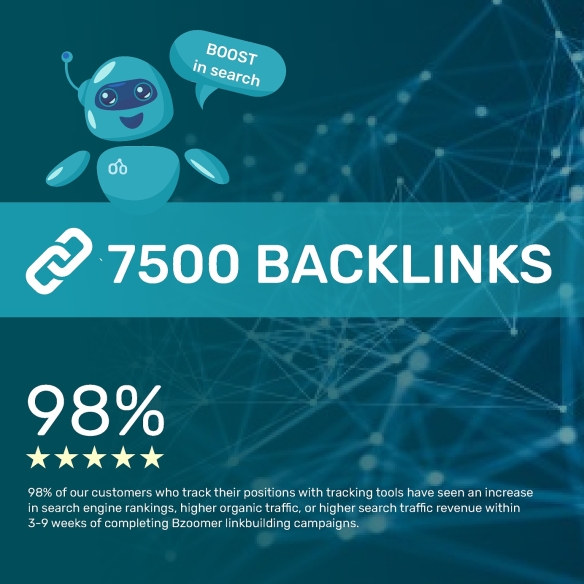In an era marked by rapid technological advancements and shifting market demands, businesses are increasingly turning towards agility as a beacon of innovation and competitiveness. Agile Transformation represents more than a mere shift in operations; it embodies a holistic reimagining of organizational culture and processes, placing customer value and adaptability at the core. This comprehensive guide delves into the essence of Agile Transformation, offering actionable insights for businesses ready to embark on this transformative journey.
The Essence of Agile Transformation
At its heart, Agile Transformation is about fostering an environment that promotes continuous improvement, flexibility, and collaboration. It challenges conventional hierarchical structures by encouraging decision-making at all levels and emphasizing direct communication. In doing so, it allows businesses to respond swiftly to changes in the marketplace, ensuring they remain aligned with customer needs and expectations.
Cultivating an Agile Mindset
The first step in a successful Agile Transformation is cultivating an agile mindset across the organization. This involves embracing change as an opportunity for growth and viewing failures as learning experiences. It requires a shift in perspective from focusing solely on outputs to prioritizing outcomes and value delivery.
Implementing Agile Practices
Transitioning to agile involves more than just adopting new methodologies; it's about embedding agile practices into the DNA of your organization. This includes implementing frameworks such as Scrum or Kanban, which provide structures for managing work more effectively. However, the adoption of these practices must be tailored to fit the unique context of each business, ensuring they complement existing workflows and contribute to the overall strategic goals.
Building Agile Teams
A critical component of Agile Transformation is the formation of cross-functional teams that possess the autonomy to manage their workloads and make decisions independently. These teams are characterized by their focus on collaboration, open communication, and mutual respect. By empowering teams in this way, businesses can enhance innovation and accelerate the delivery of customer-centric solutions.
Overcoming Challenges in Agile Transformation
Embarking on an Agile Transformation journey is not without its challenges. Resistance to change, deeply ingrained traditional processes, and a lack of agile expertise can all pose significant obstacles. Overcoming these challenges requires strong leadership commitment, effective communication, and ongoing education and training to build agile competencies across the organization.
Measuring Success in Agile Transformation
Measuring the success of an Agile Transformation goes beyond traditional performance indicators. It involves assessing improvements in customer satisfaction, team engagement, and the ability to adapt to change. Regularly reviewing these metrics allows businesses to iteratively refine their agile practices, ensuring they continue to drive value and foster a culture of continuous improvement.
Setting Sail Towards Agile Excellence
Navigating the ocean of agility through Agile Transformation offers businesses a pathway to not only survive but thrive in today's dynamic market environment. By embracing the principles of agility, cultivating an agile mindset, and overcoming the inherent challenges, companies can unlock unprecedented levels of efficiency, responsiveness, and customer-centricity. Embark on your Agile Transformation journey today and set sail towards a future of endless possibilities and innovation.



